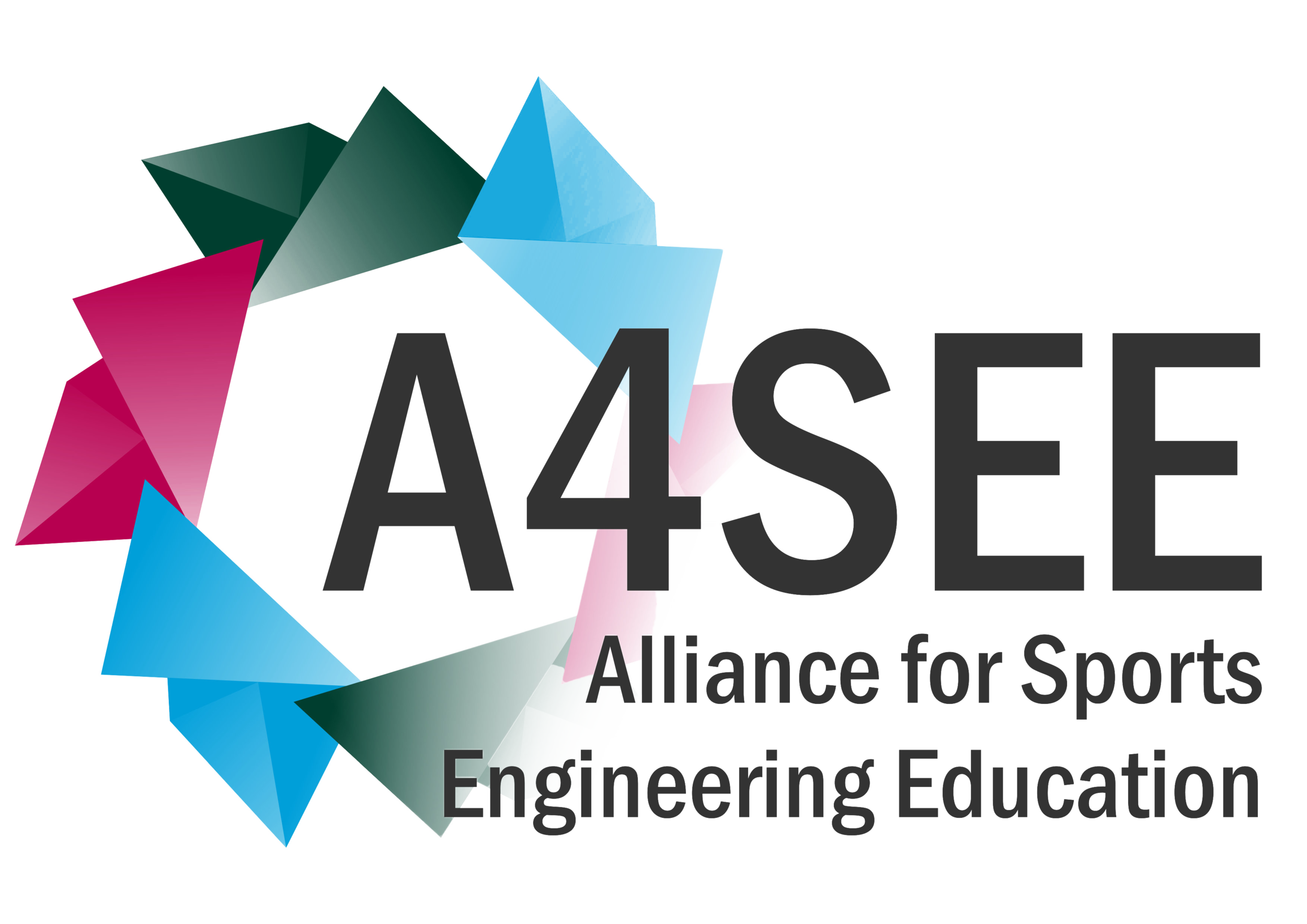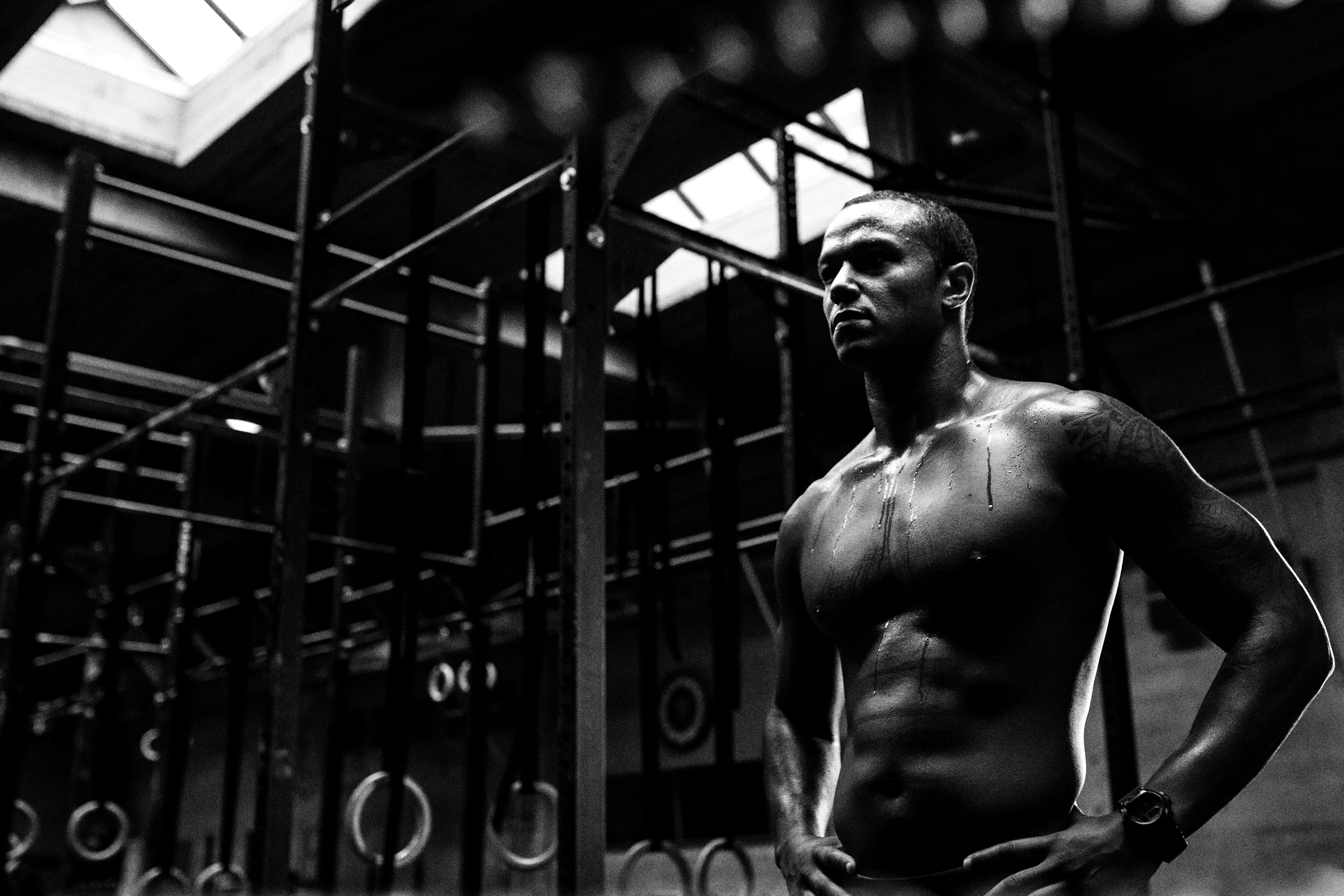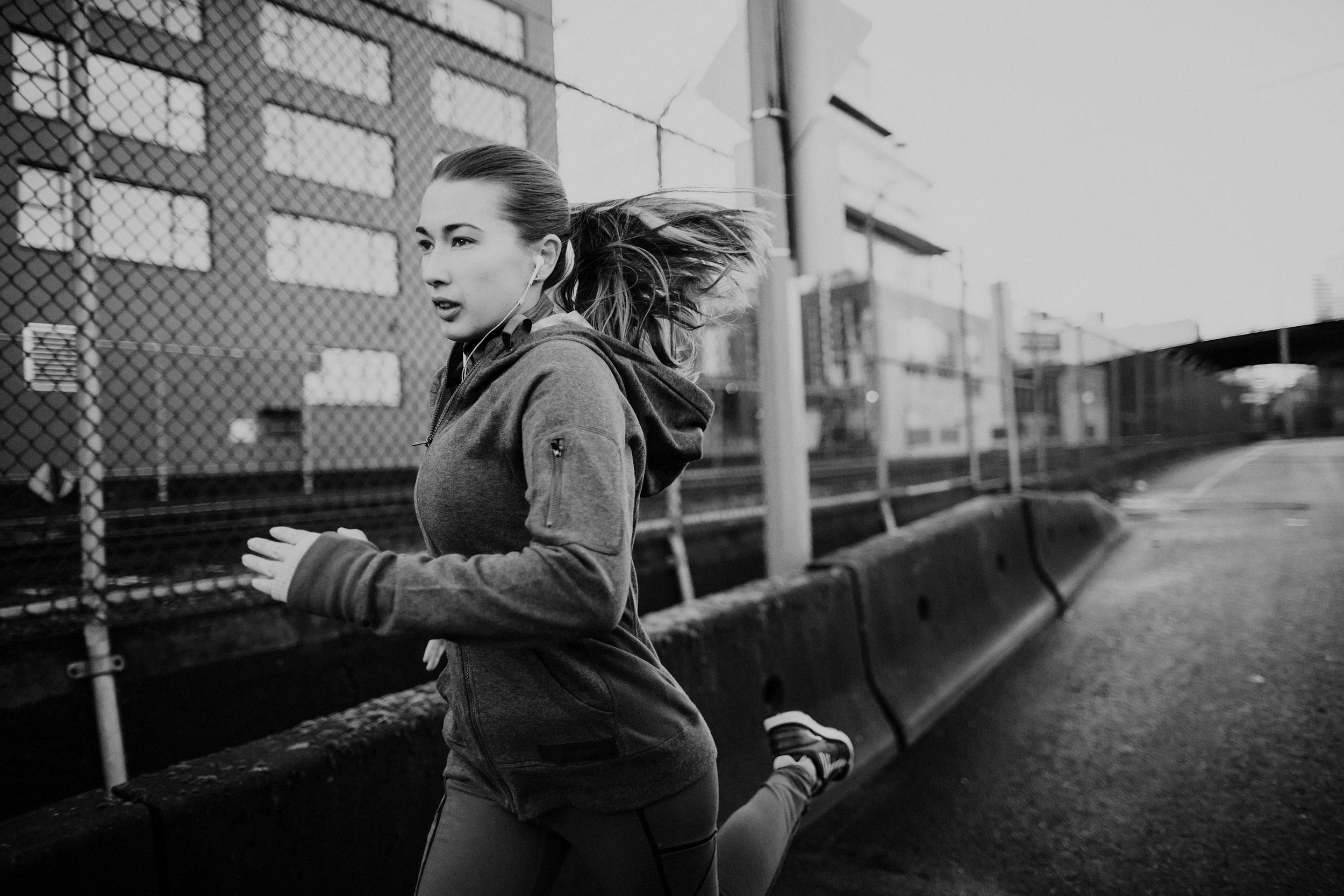Sheffield Hallam University
The Centre for Sports Engineering Research at Sheffield Hallam University (CSER) is an internationally renowned hub of excellence for research and consultancy with over 200 years of cumulative experience. CSER’s work focuses on developing fundamental understanding of the complex sporting environment and the creation of new innovative technologies.
CSER undertakes significant research and consultancy activities on behalf of many different global sporting brands such as Adidas, Prince, Ping, Babolat, Nike, Mitre and Gunn and Moore. CSER also works extensively with sports organisations such as the International Tennis Federation, FIFA, the English Institute of Sport, the Scottish Institute of Sport and the England and Wales Cricket Board.
CSER has a unique relationship with UK Sport and provides technology and research support to the majority of its Olympic teams. During 2012-2016, CSER worked with 10 different sports in their preparations for the Rio Olympics and contributed to at least 42 of the medals won by Team GB. The extraordinary success of Team GB at Rio 2016 was largely attributed to the concept of marginal gains, and the work done by CSER was fundamental to implementing this strategy. The relationship with UK Sport has now expanded further, and work is already well underway in preparation for Tokyo 2020.
CSER has a staff of approximately 20 academic and post-doc researchers who have world-class expertise in engineering design, integrated systems design, image processing, biomechanics, performance analysis, and persuasive technologies. CSER also supervises 18 PhD research students and runs a renowned postgraduate course in sports engineering, a highly competitive programme that attracts a further 20 graduate engineers.
CSER’s MSc in Sports Engineering is a year-long taught Post-graduate degree. It takes students from the Sports Science, engineering and physical science disciplines and gives them a varied, industry-relevant grounding in Sports Engineering.
The course runs over 2 semesters from late September until early July. Each semester is designed to focus on specific aspects of sports engineering which range from computer simulation to human physiology.
In addition to taught modules, each student will undertake a course-long Industry linked project to work on a live research question with an industry partner.
Semester 1 (September to January): The first semester covers a range of engineering topics and disciplines essential for the Sports Engineer.
- In Computer simulation each student designs, optimises and tests a piece of sporting equipment using computer aided design and computational fluid dynamics.
- The Numerical programming module gives the student a grounding in Matlab programming. We focus on applications in sports image analysis, data analysis and equipment modelling.
- Mechanics of sports equipment deals with fundamental aspects – the aerodynamics and impact characteristics – of sports equipment.
- The sports engineer must be familiar with a myriad of camera and sensor technologies. They must understand how to use them and how to intelligently assess the data they output. Measurement Techniques in sports engineering and biomechanics allows the student to use and assess such technology in a sporting context.
- Research methods gives the student a grounding in the fundamentals of scientific enquiry and data presentation. It gives the student essential skills for their year-long project.
Semester 2 (February to July): The second semester builds on the topics from the first semester, giving students the opportunity to apply them to a project in innovation and how the human factors affect sporting performance.
- For the engineer, the internal mechanics of the human body may be a mystery, Physiology of sport and exercise gives the student exposure to the fundamentals of energy metabolism and muscle function.
- The sports engineer will often be concerned with the design and improvement of sporting equipment. Human factors in sports engineering teaches the student to evaluate the interactions between sports equipment and sports person. Understanding human perception is an essential aspect of human-centred design.
- The module Innovation and enterprise in sports engineering allows the student to work on creating a concept for a sporting product. They must consider the business case, intellectual property and fund-raising as they pitch the idea to an expert audience.
- Data Analysis follows on from Research methods, and gives the student tools to assess and analyse scientific data. This includes statistics and significance testing.
For the Industry linked project (October to July) the student will choose a project from a list of projects. Each year the list changes according to the needs of our industry partners. An expert research supervisor and the Centre for Sports Engineering Research support you in your work. You write a journal article to present your findings and you could potentially see your work published.


